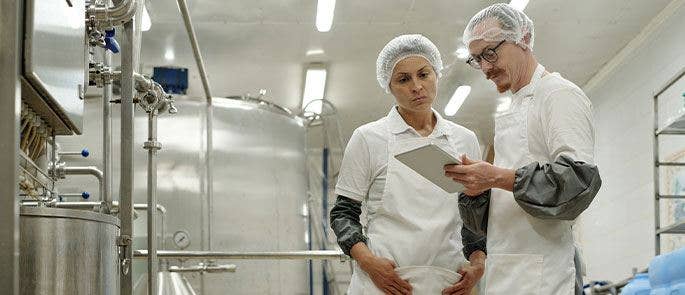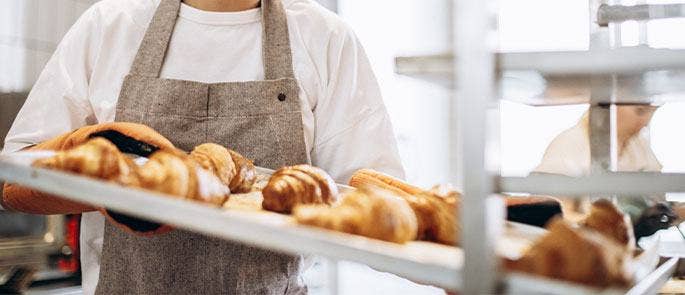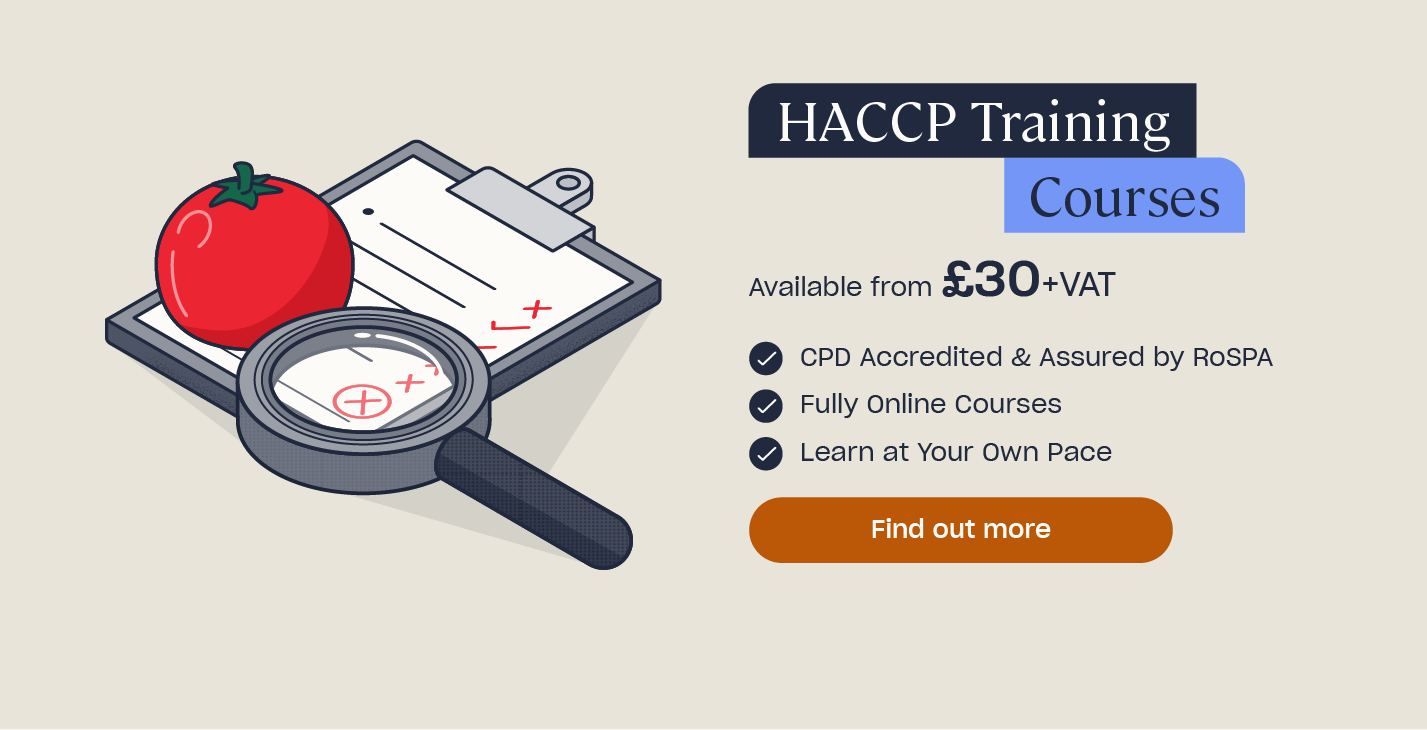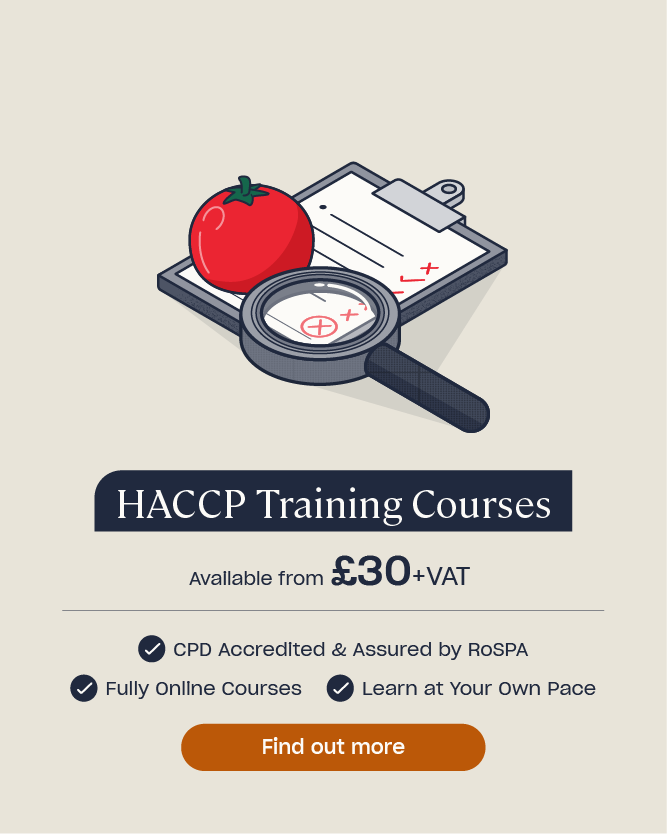What is a Prerequisite Programme?
All those who work with food must understand the importance of maintaining good hygiene practices to keep food safe. Hazard Analysis and Critical Control Point (HAACP) plays a notable role in keeping food safe for consumption. Prerequisite programmes are a vital part of HACCP and by extension the very foundation of food safety. In this article we will outline what a prerequisite programme is and why they are important.
What is a Prerequisite Programme?
Prerequisite programmes (PRPs) are a core part of HACCP. HACCP is a food safety management system that is based on seven key principles which are aimed to assess and control risks to food safety. The Food Standards Agency (FSA) identifies eight preparatory stages which should be completed sequentially before working through the seven principles of HACCP. PRPs are the first of these preparatory stages and refer to the basic hygiene measures that should be in place prior to undertaking a HACCP analysis. For this reason, a HACCP decision tree will often ask if significant hazards can be controlled to an acceptable level with existing prerequisite programmes. Prerequisite programmes are a vital part of food safety and if a hazard can be controlled by prerequisite programmes it prevents the hazard from becoming a critical control point (CCP).

Effective prerequisites control most hazards enabling a HACCP team to focus on controlling CCPs. All food businesses are legally required to use HACCP procedures and have a HACCP based food safety management system. As such, all food businesses must implement prerequisite programmes as a part of this process.
Importance of Prerequisite Programmes
As mentioned above, prerequisite programmes are a foundational part of HACCP. They should therefore be viewed with the same importance as HACCP as they are an integral part of keeping food safe and maintaining food hygiene. PRPs are particularly important as they should effectively manage more minor risks in a food business. When implemented as part of a daily routine, such as regular opening and closing checks that include cleaning all surfaces, they can help to reduce certain risks without the need for greater intervention.
HACCP decision trees are used to gauge whether a hazard control point is critical or not. A critical control point is a step in a process at which a control must be applied to reduce or remove a hazard. If a hazard can be controlled to an acceptable level by a prerequisite programme than the step is no longer deemed a critical control point, highlighting how PRPs can be highly effective in reducing the severity of a risk.
Want to Learn More?
All food businesses are legally required to have a HACCP based food safety management system. As such, having an in-depth understanding of HACCP isn’t just vital to keeping food safe, but also to remaining legally compliant. Our wide range of HACCP courses include everything you need to know to implement effective food safety management systems. Courses such as our Level 2 HACCP for Catering and Retail will teach you how to comply with your legal requirements and the 7 principles of HACCP.
Examples of Prerequisite Programmes
Prerequisite programmes are general practices that help to create a safe environment. In comparison, operational prerequisite programmes (OPRPs) are critical to food safety to control specific hazards. OPRPs are commonly identified during a HACCP study as they are specific to an individual business and its unique hazards and risks. Comparatively, as prerequisite programmes as more general, they encompass practices that most food businesses can and should implement. Below you will find some examples of prerequisite programmes that most businesses can put in place.
Examples of prerequisite programmes include:
- Good hygiene practices
- Pest control
- Waste management
- Staff training
- Equipment maintenance
Good hygiene practices (GHPs) are a broad range of practices that are fundamental to ensuring food safety. They encompass what should be seen as basic measures to ensure good hygiene, such as:
- Maintaining personal hygiene
- Controlling pests
- Regular cleaning of surfaces and equipment
- Correct food storage
- Traceability and recall systems
- Food safety training
There is an undeniable overlap between PRPs and GHPs as both are intended to create a safe environment in which food can be prepared and handled hygienically. They also represent a broad range of everyday practices that help to ensure food safety.

HACCP Prerequisite Programme Checklist
As mentioned, PRPs, unlike OPRPs, are more general and encompass basic everyday practices that help to ensure a safe environment. As such, you are unlikely to need a specific PRP checklist as those practices should already be included in your regular daily practices. For example, opening and closing checks that necessitate cleaning all surfaces and equipment can be deemed prerequisite programmes as they help to maintain a clean environment and can control or reduce hazards, such as the risk of cross contact, to an acceptable level without specific intervention.
Prerequisite programmes are a fundamental part of HACCP and by extension integral to keeping food safe. Effective prerequisite programmes can help to control hazards to an acceptable level without additional intervention, enabling a HACCP analysis team to focus on more significant hazards. As such, the importance of prerequisite programmes and the foundational role they play in food safety, must not be underestimated.







